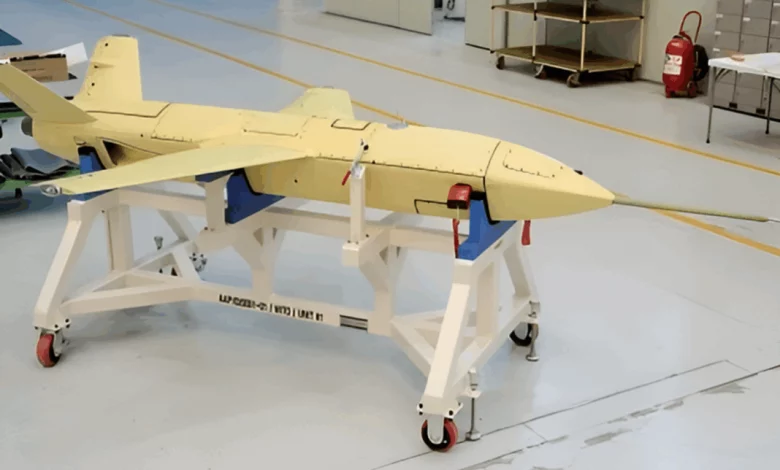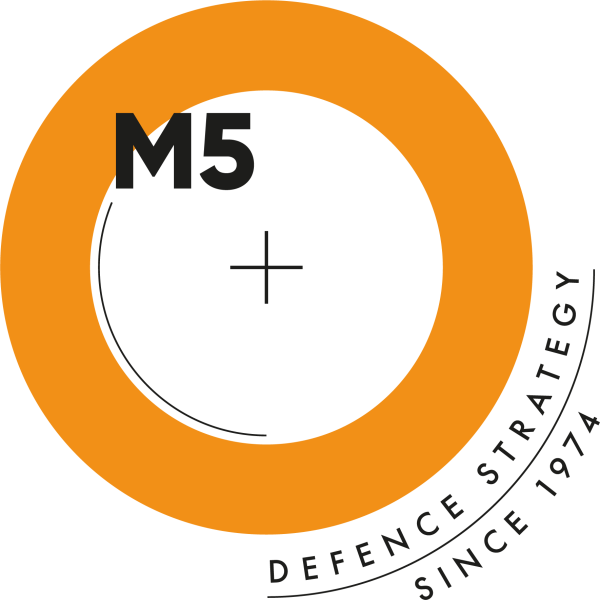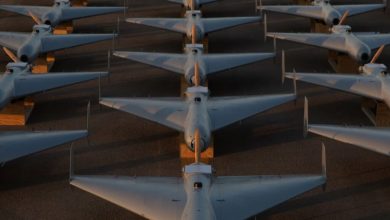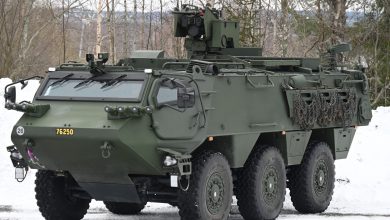South Korea develops carrier-based combat drone

South Korea’s Korea Aerospace Industries (KAI) has launched work on a carrier-based unmanned combat aerial vehicle (UCAV).
The new UCAV is a navalized version of the Air Force’s jet-powered drone concept currently under development. Designed for operation from conventional aircraft carriers, the system features stealth capabilities, modular sensors, and the ability to deploy long-range air-to-air missiles as well as air-launched drones.
The program was unveiled on July 8 during the “8th Korea Strait Victory Seminar” hosted at South Korea’s National Assembly. At the event, Kang Byung-gil, head of KAI’s Future Systems Research Division, said the firm is confident that its existing unmanned fighter design can be adapted for carrier operations.
KAI describes the new platform as a six-ton class unmanned attack aircraft with advanced features, including low observability, reinforced landing gear, and a tail hook for arrested landings. The company said the drone will be capable of taking off and landing on conventional carriers equipped with electromagnetic catapults.

The UCAV is expected to carry a range of mission payloads, including AESA radar, infrared search and track (IRST) systems, and electro-optical targeting systems. Its maximum takeoff weight is under six tons, with a payload capacity of 800 kilograms and a combat radius of roughly 300 nautical miles.
KAI noted the aircraft’s versatility in supporting air-to-air combat, ground attack, and intelligence, surveillance, and reconnaissance (ISR) missions. The company said modular nose sections will allow rapid swapping of sensor packages to meet mission needs.
The drone is designed to carry MBDA’s Meteor long-range air-to-air missiles and is envisioned as a “mothership” capable of deploying and controlling smaller air-launched drones, KAI said. This concept, in which a large UCAV acts as a command node for multiple smaller drones, would allow a single aircraft to execute swarm tactics and complex operations.
If fully developed, KAI’s carrier-based UCAV would make South Korea only the third country after the United States and Türkiye to field a jet-powered combat drone capable of carrier operations.
The initiative also comes amid rising competition in the global UAV export market. Türkiye’s Bayraktar Kızılelma, another jet-powered combat drone, has gained significant attention worldwide. However, KAI’s UCAV is expected to offer superior payload capacity and air combat capability, including features such as AESA radar not present on the MQ-25 Stingray, the U.S. Navy’s carrier-based aerial refueling drone.
Despite its promise, analysts caution that the drone’s size and weight could require substantial investments in carrier launch and recovery systems. South Korea plans to develop an eight-ton electromagnetic launch system to support the drone, with future plans to expand to a 20-ton system for heavier aircraft.
For now, KAI is focused on adapting its existing Air Force UCAV design for naval operations, reinforcing the airframe for the rigors of carrier landings and adding shipboard launch capability.





